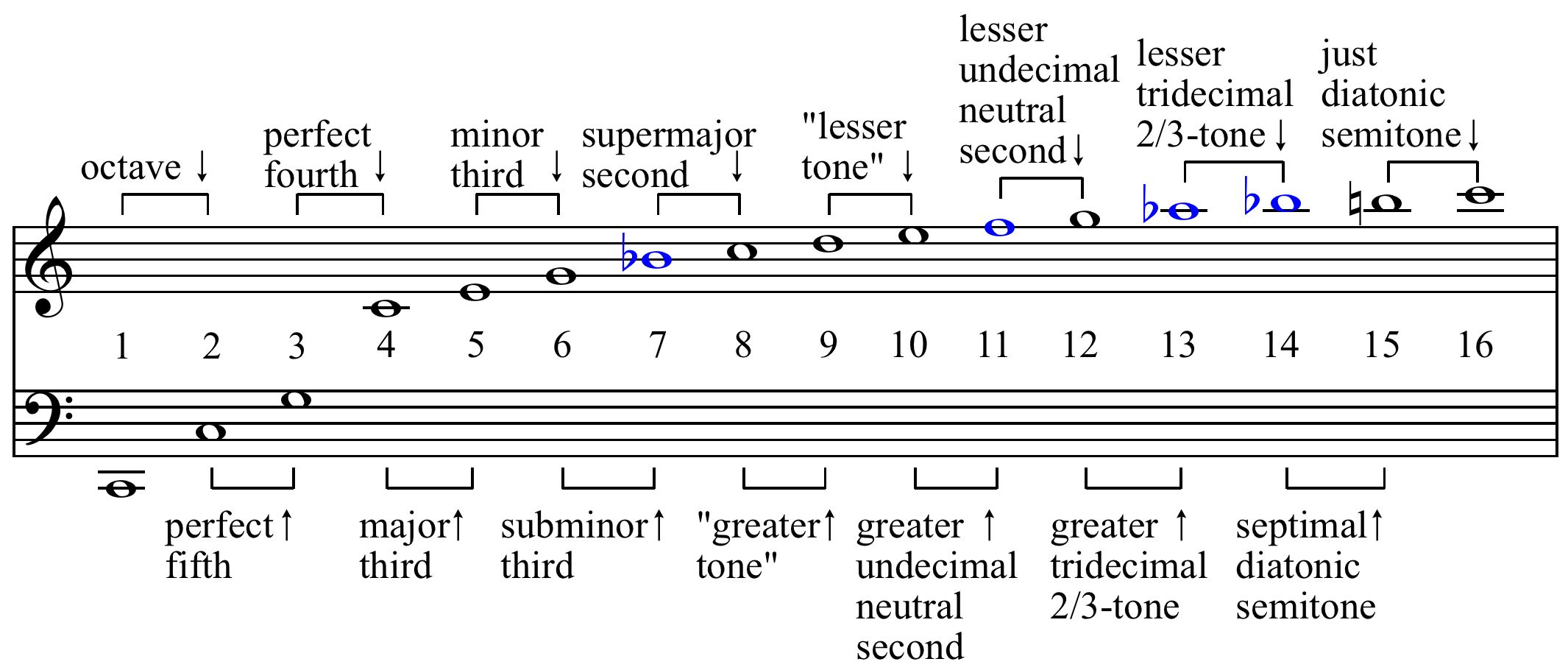So you’ve decided to pick up the guitar and become the next rock star, huh? Well, before you start dreaming about sold-out arenas and screaming fans, let’s talk about the basics. No, I’m not talking about tuning your guitar or perfecting that power stance – I’m talking about mastering the fundamentals of key guitar chord progressions. Trust me, even Hendrix had to start somewhere. So grab your guitar, grab your pick, and let’s dive into the wild world of chord progressions.
Contents
- 1 Understanding the Building Blocks: Major and Minor Chords
- 2 Exploring the I-IV-V Progression: The Backbone of Popular Music
- 3 Navigating the ii-V-I Progression in Jazz Harmony
- 4 Incorporating Minor Key Progressions for Emotional Depth
- 5 Mastering the Circle of Fifths for Seamless Transitions
- 6 Unlocking the Potential of Modal Interchange in Songwriting
- 7 Leveraging Secondary Dominants for Enhanced Musical Tension
- 8 FAQs
- 9 Keep on Strummin’!
Understanding the Building Blocks: Major and Minor Chords
So you want to understand major and minor chords, huh? Well, grab your air guitar and get ready to rock out with some music theory knowledge!
Major chords are like the popular kids at school - they always stand out and sound happy and bright. Minor chords, on the other hand, are more like the misunderstood emo kids in the corner, with their melancholic and moody vibes.
But fear not, aspiring musicians! Once you wrap your head around the differences between major and minor chords, you’ll be jamming out with the best of them. Here are some key points to remember:
- Majors are built with a root, a major third, and a perfect fifth.
- Minors are built with a root, a minor third, and a perfect fifth.
- Major chords are like a ray of sunshine on a rainy day, while minor chords are like a dark and stormy night.

Exploring the I-IV-V Progression: The Backbone of Popular Music
So you want to know the secrets of pop music, eh? Well, buckle up because we’re about to take a deep dive into the I-IV-V progression, the holy trinity of popular music. This trio of chords has been the backbone of countless hit songs, from rock anthems to catchy pop tunes.
Imagine you’re at a party, and the DJ starts playing a familiar tune. You start nodding your head to the beat, tapping your foot unconsciously. Chances are, that song is built on the I-IV-V progression. These chords are like the building blocks of musical earworms, creating a sense of familiarity and comfort for listeners.
When you hear a song that just feels “right”, it’s probably because the I-IV-V progression is doing its magic. These chords have a special way of tugging at our heartstrings, making us want to sing along even if we don’t know the words. So next time you find yourself humming a catchy melody, thank the I-IV-V progression for its undeniable charm.
Whether you’re a musician looking to spice up your songwriting or just a music lover trying to decipher the magic of pop hits, understanding the I-IV-V progression is key. So next time you’re jamming out to your favorite tunes, listen closely for those familiar chords and appreciate the genius behind the simplicity of popular music.
So, you’ve stumbled upon the infamous ii-V-I progression in jazz harmony. Don’t worry, you’re not alone in feeling a bit intimidated by this musical beast. But fear not, dear reader, for I am here to guide you through the treacherous waters of jazz chords and help you navigate your way through this challenging progression.
First things first, let’s break down what the ii-V-I progression actually is. In simple terms, it’s a series of three chords that are commonly used in jazz music to create tension and resolution. The progression typically starts with the ii chord, moves to the V chord, and resolves on the I chord. Easy enough, right? Well, not so fast. The devil is in the details, my friend.
When navigating the ii-V-I progression, it’s important to keep a few key things in mind:
- Voice Leading: Make sure your chord tones are moving smoothly from one chord to the next. This will help create a seamless and melodic sound.
- Extensions: Experiment with adding extensions like 9ths, 11ths, and 13ths to your chords to spice things up and add color to your progressions.
- Rhythm: Don’t forget to pay attention to the rhythm of your progression. Syncopation and rhythmic variation can take your ii-V-I to the next level.
So there you have it, aspiring jazz musician. With a little bit of practice and a whole lot of patience, you too can master the ii-V-I progression and unlock the mysteries of jazz harmony. Happy playing!

Incorporating Minor Key Progressions for Emotional Depth
Feeling like your music is lacking some emotional depth? Incorporating minor key progressions can add the dramatic flair you need to tug at your listeners’ heartstrings. Dive into the world of minor keys and watch your music take on a whole new level of feels.
Minor key progressions are like the cherry on top of a sundae – they add that extra touch of bittersweet beauty that can elevate your music from good to unforgettable. Don’t be afraid to experiment with different minor chords and progressions to find the perfect combination that resonates with your emotions.
Here are some tips on incorporating minor key progressions for maximum emotional impact:
- Start with the tonic minor chord: Establish the minor key from the get-go to set the mood for your listeners. Embrace the darkness and let the minor chord be your guide.
- Use minor scale intervals: Experiment with different intervals in the minor scale to add depth and complexity to your progressions. Mix and match to create a melodic rollercoaster of emotions.
- Blend major and minor chords: Don’t be afraid to mix major and minor chords to create tension and release in your music. The contrast between the two can create a powerful emotional journey for your listeners.

Mastering the Circle of Fifths for Seamless Transitions
So, you want to be a musical mastermind, seamlessly transitioning between keys with ease? Look no further than the mystical realm of the Circle of Fifths. This ancient musical tool is like the secret sauce to unlocking the harmonious universe of key changes.
First things first, familiarize yourself with the layout of the Circle of Fifths. It’s like a magical wheel of musical goodness, with all the keys arranged in a circle, each one a perfect fifth apart from the next. Think of it as your own personal musical compass, guiding you through the vast landscape of key changes.
Next, understand the patterns within the Circle of Fifths. Notice how each key is connected to its neighbor by a common note. This commonality is key (pun intended) to making smooth transitions between keys. Think of it like a secret handshake between musical keys, allowing them to play nicely together.
Practice, practice, practice! The more you immerse yourself in the world of the Circle of Fifths, the more natural key changes will become. Experiment with different combinations, challenge yourself to find unique transitions, and soon enough, you’ll be a master of the Circle of Fifths, seamlessly weaving between keys like a musical ninja.
Unlocking the Potential of Modal Interchange in Songwriting
So, you think you know everything there is to know about songwriting, huh? Well, think again! Modal interchange is like the secret ingredient that takes your song from bland to grand faster than you can say “mixolydian mode”.
Imagine effortlessly transitioning from a major key to a minor key without missing a beat. Not only will your chord progressions sound more interesting, but your listeners will be on the edge of their seats wondering what musical curveball you’ll throw at them next.
With modal interchange, you have the power to create unconventional chord progressions that keep your audience engaged from start to finish. Mix and match different modes to add unexpected twists and turns to your music that will leave everyone begging for an encore.
So, don’t be afraid to experiment with modal interchange in your songwriting. Let your creativity run wild and watch as your songs transform into something truly magical. Who knows, you might just discover a whole new sound that sets you apart from the rest. The possibilities are endless!
Leveraging Secondary Dominants for Enhanced Musical Tension
Primary dominants are so passé. If you want to take your music to the next level and really make your audience sit up and take notice, it’s time to start leveraging secondary dominants like a boss. But what exactly are secondary dominants, you ask? Well, buckle up, because we’re about to take you on a wild ride through the world of musical tension and resolution.
Picture this: you’re cruising along in a song, everything is going smoothly, and then BAM – out of nowhere, a secondary dominant appears, throwing the whole musical landscape into chaos. That sudden burst of tension is what keeps your listeners on the edge of their seats, eagerly waiting to see how it all plays out. It’s like the musical equivalent of a plot twist in a blockbuster movie, and who doesn’t love a good plot twist?
But don’t just throw secondary dominants into your music willy-nilly. To truly enhance the tension and drama, you’ve got to use them strategically. Think of secondary dominants as the secret weapon in your musical arsenal – deploy them at just the right moment, and you’ll have your audience hanging on your every chord change. It’s all about building anticipation and then delivering that sweet resolution that leaves everyone feeling satisfied.
So, the next time you’re sitting down to write a new song or arrange a cover, don’t be afraid to get a little adventurous with secondary dominants. Embrace the tension, milk it for all it’s worth, and watch as your music takes on a whole new level of excitement and energy. Secondary dominants aren’t just for the pros – they’re for anyone who wants to inject some serious oomph into their musical creations. Go forth and conquer, my fellow musicians!
FAQs
Why are chord progressions important in guitar playing?
Because without them, your playing will sound like a sad, lonely cat in the rain. Chord progressions provide the backbone of any song and help create movement and emotion.
What are some common chord progressions every guitarist should know?
Oh, there are the classics – the I-IV-V progression, the ii-V-I progression, and of course, the ever-popular 12-bar blues progression. Mastering these will have you jamming like a rockstar in no time.
How can I spice up my chord progressions and make them more interesting?
Well, my friend, the key is to throw in some fancy chords – add in some 7ths, 9ths, or even 11ths. Experiment with different voicings and inversions to keep things fresh and exciting.
What should I do if I get stuck on a chord progression?
Never fear, for Google is here! Just kidding. But seriously, look up some new progressions online, ask your fellow guitarist buddies for help, or just take a break and come back to it with a fresh perspective. You’ll be rocking out again in no time.
How can I practice chord progressions effectively?
Repetition, my dear Watson. Practice each progression slowly and accurately, then gradually increase the tempo as you get more comfortable. And don’t forget to experiment with different strumming patterns and dynamics to really make those chords shine.
Keep on Strummin’!
Congratulations! You’ve just unlocked the secret to mastering the fundamentals of guitar chord progressions. Now go forth and serenade the world with your newfound skills. Remember, practice makes perfect, so keep strummin’ those chords and you’ll be a rock star in no time. Rock on, my friend!



